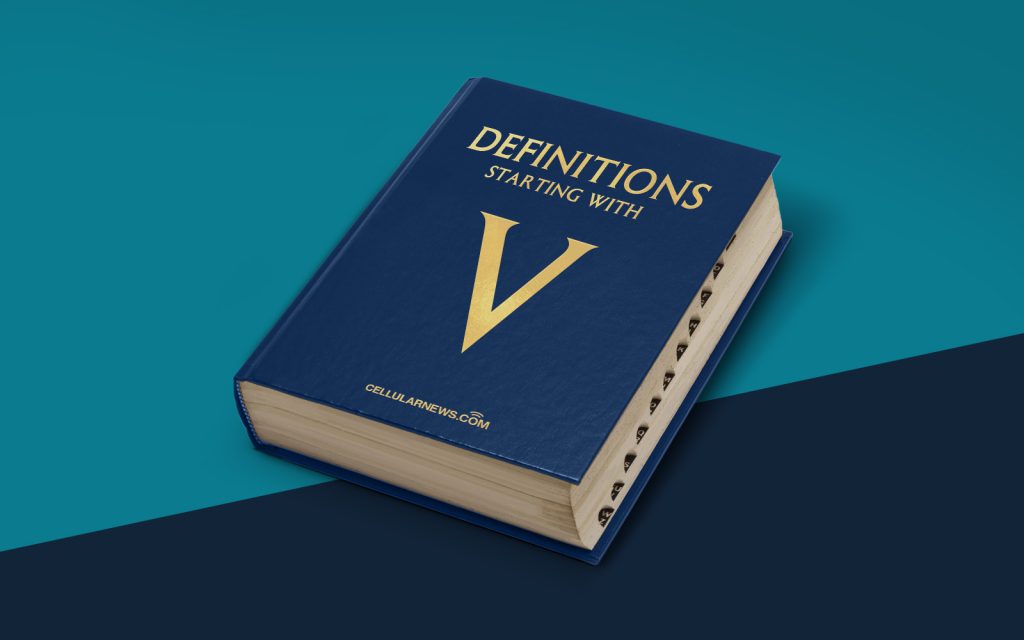
Understanding Volume: Unlocking the Essence of Interior Space
Welcome to our “DEFINITIONS” category, where we delve into the world of design terminology to help you expand your knowledge and inspire your creative endeavors. In this post, we will explore the concept of volume, a fundamental element that shapes the perception and experience of interior spaces. So, what is volume, and why is it crucial in the realm of design? Let’s find out!
Key Takeaways:
- Volume refers to the three-dimensional space occupied by objects or enclosed within architectural structures.
- Understanding volume helps designers create harmonious and functional spaces by manipulating the perception of size, proportion, and scale.
In the context of design and architecture, volume encompasses the physical dimensions of a space, specifically the height, width, and depth. It is the space that is filled, occupied, or enclosed by objects or architectural structures. Just like in music, where volume determines the loudness or softness of a sound, in interior design, volume plays a vital role in defining the character and atmosphere of a space.
Volume is not merely about the physical dimensions of a space; it also relates to the perception and experience of that space. Designers leverage volume to create a sense of balance, proportion, and harmony. By manipulating the perceived size, scale, and proportion of different elements within a space, they can evoke different emotions and moods.
Here are a few key factors that designers consider when working with volume:
- Height: The vertical dimension of a space, which can be emphasized or minimized to create a specific ambiance.
- Width: The horizontal dimension of a space that determines the overall size and openness of the area.
- Depth: The third dimension that adds spatial complexity and visual interest to a design.
- Proportion: The relationship between different volumes within a space and how they contribute to a sense of balance and harmony.
- Scale: The size of an object or volume in relation to the surrounding elements and the overall space.
By considering these factors, designers can play with volume to create visually engaging and functional spaces. For example, in a large open-plan living area, using taller ceilings and strategic placement of furniture can create a sense of grandeur and spaciousness. On the other hand, in a cozy reading nook, lower ceilings and intimate proportions can evoke a feeling of comfort and warmth.
Understanding volume is essential for both professional designers and homeowners. It allows designers to manipulate space effectively, transforming it into an environment that aligns with the desired mood, functionality, and style. For homeowners, having a basic understanding of volume can help them communicate their preferences and collaborate more effectively with their designers.
So, whether you’re embarking on a design project or simply interested in expanding your design vocabulary, understanding the concept of volume will undoubtedly enhance your design journey. Stay tuned for more enlightening definitions in our “DEFINITIONS” category!
